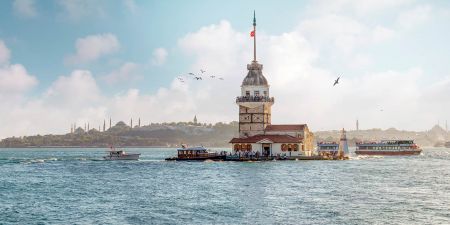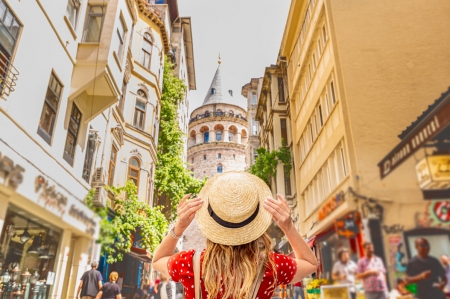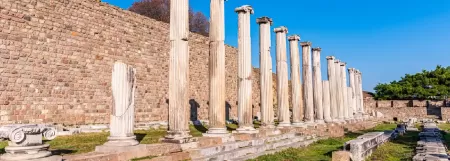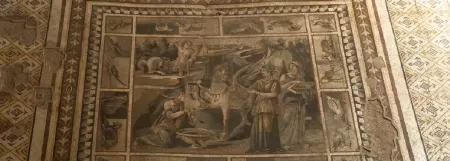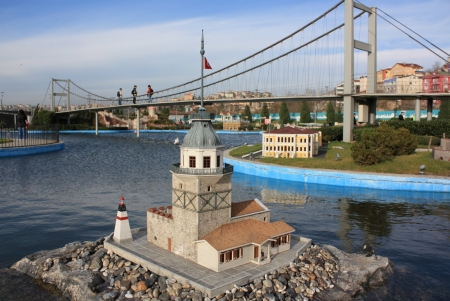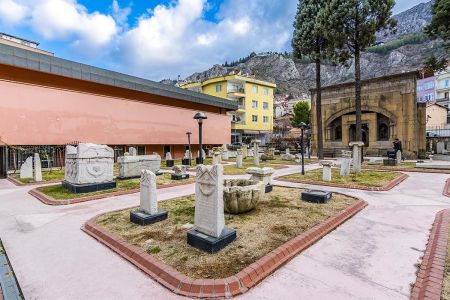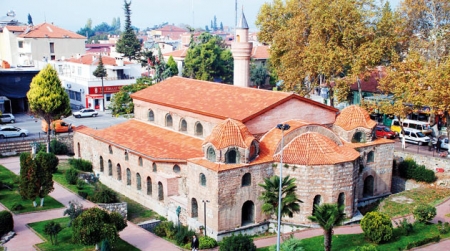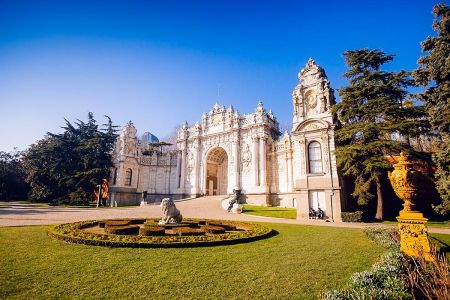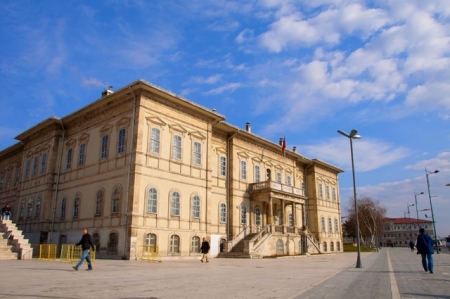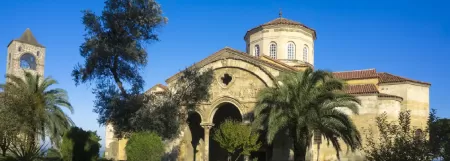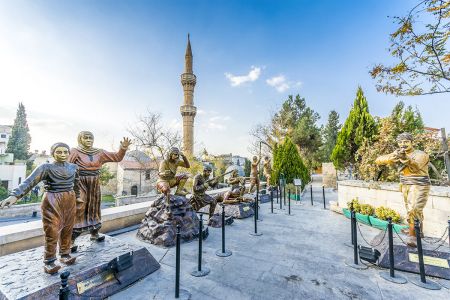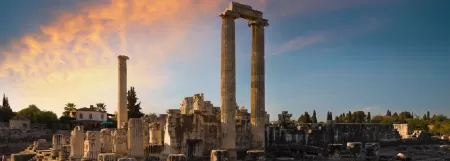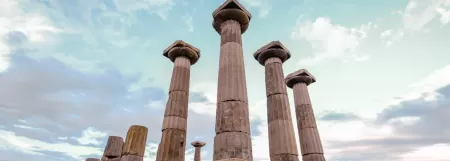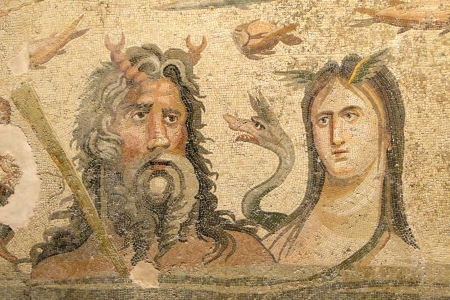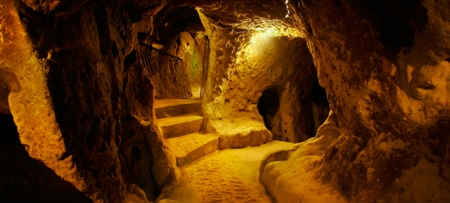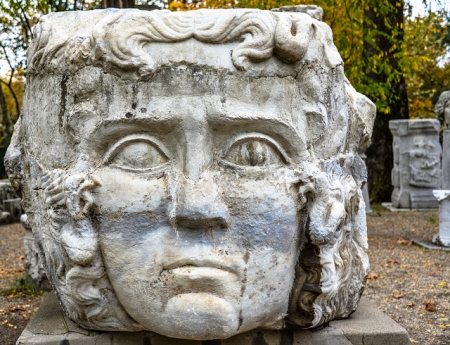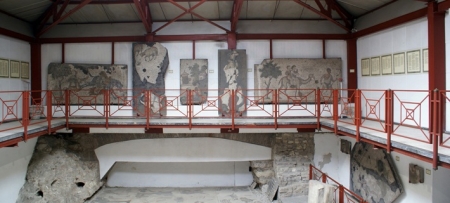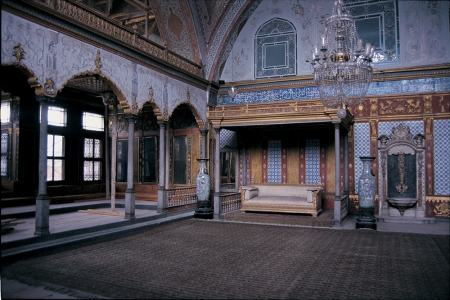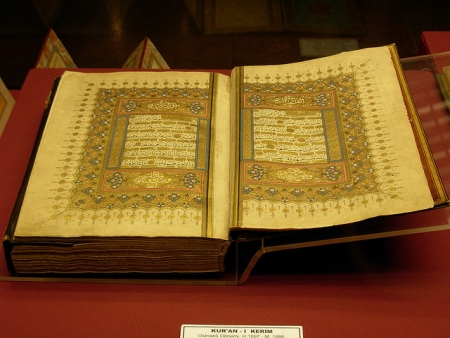Antalya Archaeological Museum of Turkey
The Antalya Archaeological Museum is one of the finest of its kind in Turkey, showcasing artifacts from archaeological sites across Antalya.

The Archaeological Museum in Antalya is one of the simplest venues of its kind in Turkey. The exhibits shown here come from the archaeological sites from Antalya Province and make an excellent addition after visiting these places. The most important sites represented in this museum are: Karain cave, ancient city of Perge and therefore the cities of Lykian civilization.
Both the wealth of museum collections and their presentation in spacious, modern interiors encourage visitors to spend many hours in this place. the distinctiveness of this institution has also been recognized internationally - in 1988 the Council of Europe awarded it with the Museum of the Year Award.
History of Antalya Archaeological Museum
The first museum in Antalya was founded in 1919, just after the primary war. The teacher Süleyman Fikri Erten, who saved many archaeological pieces from looting, decided to make for them an appropriate venue. Initially, the collections were exhibited at the Yivli Minaret mosque, located within the historic Kaleiçi district. In 1972, a replacement building was constructed on the western side of the town, and also the mosque was transformed into the Ethnographic Museum.
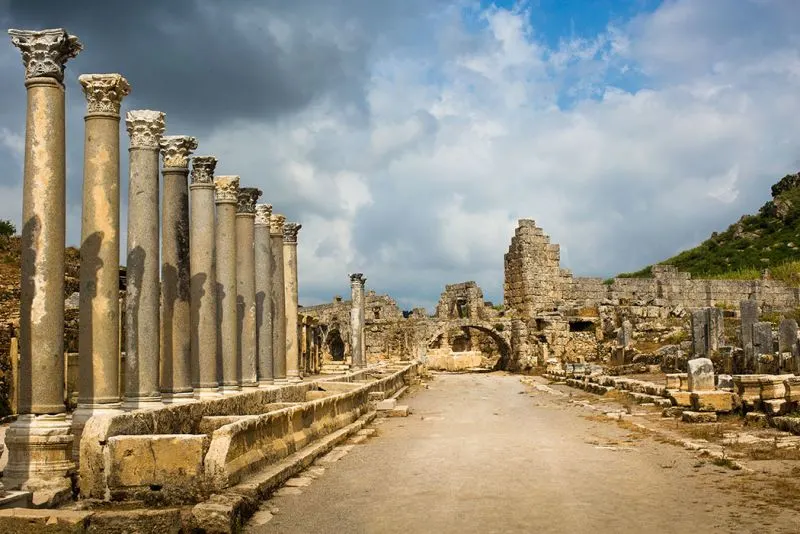
Display halls and collections of Antalya Museum
The building of Antalya Archaeological Museum boasts an exhibition space of 30,000 square meters. The exhibits are arranged in several spacious halls, and a few of them are placed within the museum garden. The objects that are within the possession of the museum illustrate many thousands of years of activity within the region of Antalya. Due to the massive number of exhibits and also the vastness of its facilities, at least half a day in your trip is important to completely appreciate its wealth.
-
Natural History Hall
This little section of the museum offers fossils and animal bones from different geological areas. The most interesting specimens are the shells of big snails, the fossils of extinct cephalopods, foraminifera shells, and anthozoans.
-
Prehistory Hall
This hall display finds from the Paleolithic, Mesolithic, Chalcolithic, Neolithic, and Early Bronze Age. The illustrated items are mostly bone and rock tools. Illustrative panels explain the assembly process of those tools. There's also an exhibition demonstrating the method of leather tanning. The main focus of this exhibition is on the objects from the Karain cave, but there are some finds from Öküzini and Sehahöyük.
One of the most beautiful exhibits may be a figure of a girl, found in Hacılar Höyük, Burdur Province. An extremely amazing feature of this exhibition is the reconstructed urn funeral from the Karataş-Semayük site near the town of Elmalı. On this site an early Bronze Age cemetery was found where people were buried in clay vessels placed underground.
-
Halls of Ceramics and Small Objects
These capacious rooms are dedicated to the presentation of small finds dating back to the amount from 14th century BC to 15th century AD. The exhibits are ordered. Thematically and chronologically - there are special sections dedicated to Archaic, and Classical periods also as Roman and Byzantine eras. The majority of time is taken by the ceramic finds, wonderfully presented, and well described.
The decorations explain the apparatus of such vessels as a crater, pyxis, kylix, and skyphos. The second region of this exhibition is dedicated to special archaeological sites from the Antalya region. they're illustrated by various finds - clay and glass vessels additionally as bronze objects and gold jewelry. Moreover, the profiles of the best-renown researchers that devoted their lives to the studies of this region are presented, including Thomas Marksteiner, Jürgen Borchhardt, Arif Müfid Mansel and Fahri Işık. They conducted their research in nearby archaeological sites of Myra, Limyra, Patara, Perge and Side.
-
Heads and Portraits Hall
The separate room of the museum is dedicated to the exhibition of marble heads of well-known and anonymous men and ladies from the traditional world. These heads were collected in numerous archaeological sites, including Perge, Patara, and Letoon, and are dated from the 2nd to the 4th century AD.
-
Emperors and Gods Halls
These two halls usually make the most effective impression on the visitors. They're exclusively dedicated to the presentation of the statues from Perge excavations. Most of those statues originate from the 2nd century AD. In the center of Emperors Hall, there are the statues of Three Graces and a dancing woman. Along the walls of this room splendidly preserved statues of Roman emperors are displayed, along with their wives and other important figures.
Emperor Hadrian sternly observes the visitors and is well recognized by his trimmed beard. Septimius Severus was portrayed in an exceedingly playful mood, quite surprising for an emperor known for his serious attitude to life. The imposing statue of a lady is really dedicated to Plancia Magna, who played a major role within the development of Perge within the golden age of the town. The Hall of Gods, as its name implies, is devoted to the statues of ancient gods and goddesses.
-
Perge Theatre Hall
A separate museum exhibition is dedicated to architectural elements and statues that adorned the rostrum in Perge. Many of those statues demonstrate admirable dynamics: Heracles is flexing his muscles, Emperor Trajan is standing nonchalantly, the god of wine—Dionysus—is holding his head, probably sore from an excessive amount of liquor, and only Alexander the Great is standing proudly, just like the statues from the Archaic period.
The central part of the exhibition could be a statue of a satyr Marsyas, and therefore the walls of the exhibition area are decorated with the reliefs depicting various scenes from mythology.
-
Sarcophagus Hall
The museum's sarcophagi collection is stunning. Pamphylian sarcophagi, made in Perge, feature garlands and figures of Nike and Eros, while Sidemara sarcophagi resemble temples with colonnades, depicting scenes from the deceased's life. Highlights include a sarcophagus illustrating Hercules' Labors and the sarcophagus of Domitias Julianus (2nd century AD). The rarest piece is a medallion sarcophagus, uniquely preserved with Nike figurines. The collection also includes children's sarcophagi and a rare one for a dog. A section is dedicated to ancient funeral customs.
-
Icons Hall
The collected icons are a valuable witness to the presence of the Greeks within the region of Antalya, which ended with the population exchange between Turkey and Greece within the 20s of the 20th century. These icons depict the scenes from the activity of Jesus, the Doomsday, the Ascension of Mary and also the lifetime of John the Baptist.
-
Hall of Coins
The coins displayed within the museum include the pieces from antiquity, the Middle Ages and therefore the era. A good example of this category is the treasure of Aspendos, which consists of 206 silver starters (Greek coins). These starters, found by archaeologists, were minted in Aspendos, and also the latest of them is dated to 350 BC. It's believed that the owner hid his treasure after hearing the news of Alexander the Great approaching town in 332 BC.
-
Ethnographic and Turkish - Islamic Period Works Halls
The section dedicated to ethnographic topics represents a little part of museum collections and seems to have been prepared without the spirit. There are carpets, traditional costumes, weapons, tiles from the Seljuk and Ottoman periods, manuscripts, candlesticks, an oversized collection of wooden spoons, and even a wheeled vehicle. The most interesting elements of this exhibition are the recreated interior of a typical household of Antalya from the 19th century and, therefore, the nomadic tent.
-
Children's section
In a hall specially prepared for the youngest visitors, there are miniature models of the most important historical monuments in Turkey. Children can see the ruins of ancient cities of Perge, Aspendos, and Patara; take a look into Karain Cave or a household from Çatalhöyük; as well as the fortifications of Alacahöyük or admire the Lycian rock tombs of Myra.
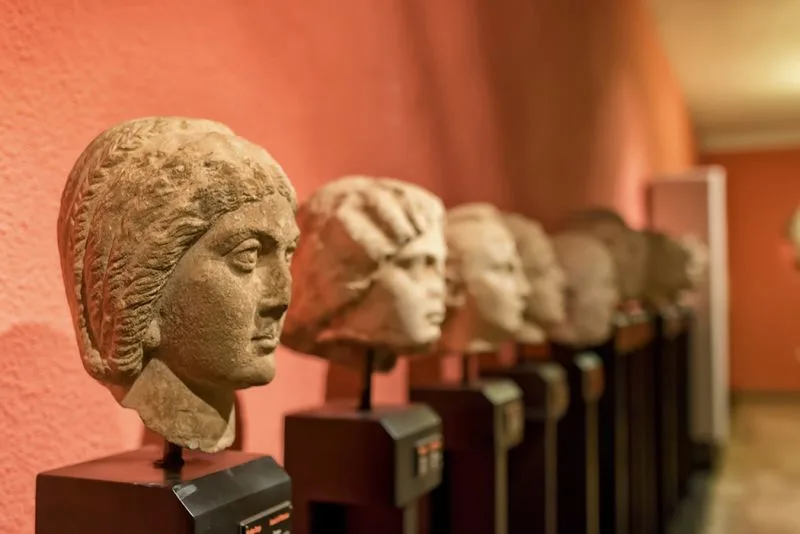
What to do in Antalya Archaeological Museum
Antalya Archaeological Museum is found within the south-western part of town at Konyaaltı Caddesi No:1. the space to the museum from the historical center of Antalya (i.e. Kaleiçi district) is 2.5 km (1.5 miles). Next to the museum, there's the final station of a so-called Nostalji Tramvay (Nostalgic Tramway) route that connects the western districts of Antalya with its historical center and also the eastern beach district of Lara. The trams run every half an hour, from 7:00 a.m.to 9:00 pm.
Visitor tips
The Archaeological Museum in Antalya is open every day, within the summer season (from April to October) from 8:30 a.m. to 7:00 p.m. within the winter season (from November to March) the visiting hours are 8:30 a.m. to 5:30 p.m.
Customize Your Dream Vacation!
Get in touch with our local experts for an unforgettable journey.
Plan Your Trip
FAQS
Q1. Is Antalya Museum worth visiting?
Yes! Antalya Archaeological Museum is one of the most important museums in Turkey, showcasing an incredible collection of artifacts from ancient cities like Perge, Aspendos, and Myra. It’s a must-visit for history lovers.
Q2. What can you see at Antalya Archaeological Museum?
The museum displays statues, sarcophagi, coins, mosaics, and artifacts from various ancient civilizations. Highlights include the Hall of Gods, the Emperors’ Hall, and relics from the Lycian and Pamphylian regions.
Q3. Where is Antalya Museum Turkey located?
The museum is in the Konyaaltı district of Antalya, about 2.5 km from the historic Kaleiçi area. It's easily accessible by tram, bus, or taxi.
Q4. How much time do you need to explore Antalya Archaeological Museum?
A visit typically takes 1.5 to 3 hours, depending on your interest in ancient history. With detailed exhibits and well-preserved artifacts, it’s worth taking your time to explore.


